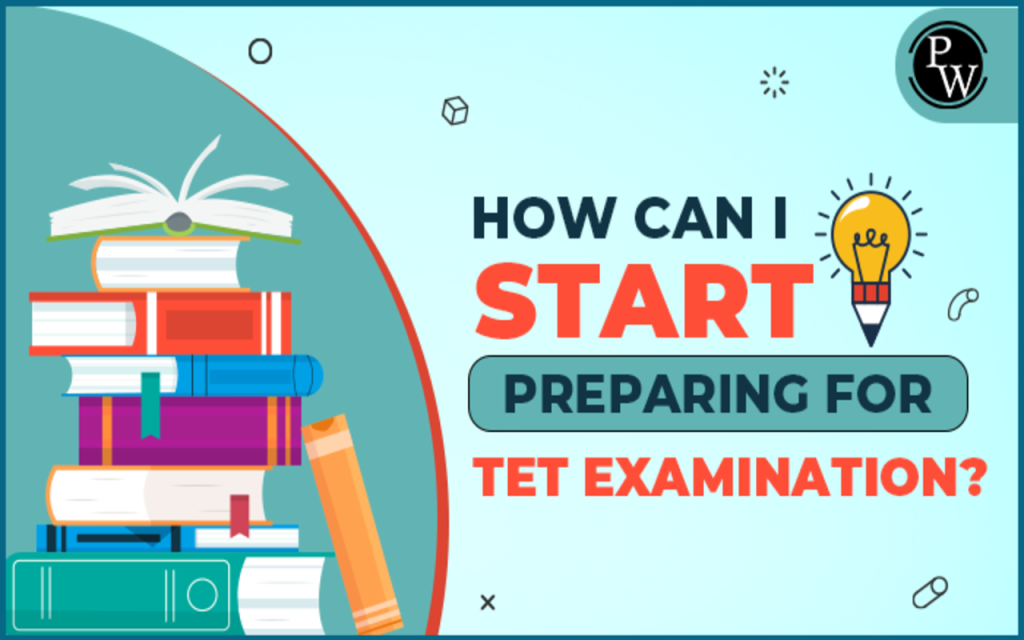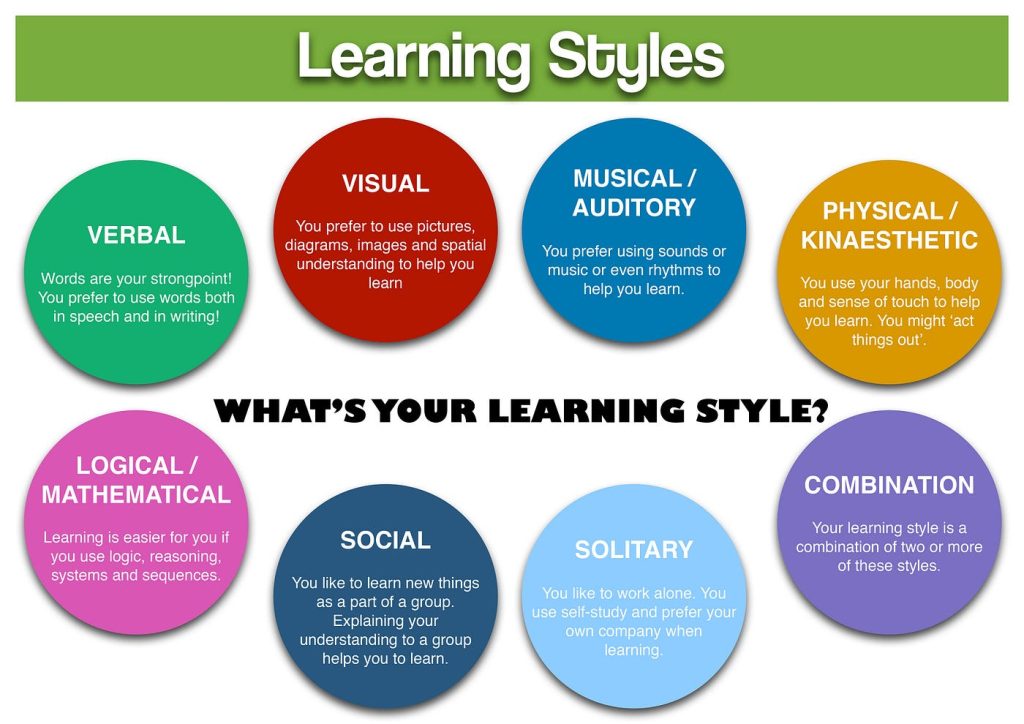STRUCTURAL APPROACH FOR SCORING GOOD MARKS IN BOARD EXAMS
Preparing for a board examination, for the subject like Social Science in Class 10th, requires a structured approach. Here are some steps to help you prepare effectively:
- Understand the Syllabus:
- Familiarize yourself with the entire syllabus for Social Science.
- Get a copy of the official curriculum or textbook to know what topics to cover.
- Create a Study Schedule:
- Make a study schedule that allocates sufficient time for each topic.
- Set specific goals for each study session.
- Study Materials:
- Gather all the necessary study materials, including textbooks, notes and reference books.
- Take Good Notes:
- While studying, take clear and concise notes to aid in revision.
- Highlight key points and important concepts.
- Prepare concept and mind maps of all the topics
- Practice with Sample Papers:
- Solve previous years' question papers and sample papers to understand the exam pattern.
- Time yourself to stimulate exam conditions.
- Attempt sample papers and submit to the subject teacher to get proper feedback.
- Make Flashcards:
- Create flashcards for important terms, dates, and concepts to help with quick revision.
- Seek Clarifications:
- Don't hesitate to ask your teacher or classmates for help if you have doubts or questions.
- Group Study:
- Studying with peers can be helpful for discussions and clarifying doubts.
- Attend academic camps conducted by the school.
- Audio-Visual Aids:
- Use audio-visual aids like video lessons, diagrams, charts and maps to understand and remember information better.
10. Practice Map Work:
- Social Science involves map work, practice locating and labeling places on maps.
- Mind Mapping:
- Create mind maps to organize and connect key ideas and concepts.
- Revision:
- Regularly revise what you've studied to reinforce your memory.
- Stay Healthy:
- Get adequate sleep, eat well and exercise to keep your mind and body in good shape.
- Manage Stress:
- Practice relaxation techniques like deep breathing to manage exam-related stress.
- Mock Tests:
- Take full-length mock tests to assess your preparation and improve time management.
- Stay Informed:
- Keep yourself updated with any changes or announcements related to the examination.
Remember that consistency and effective time management are crucial when preparing for board exams. Don't wait until the last minute to start studying, and be sure to allocate more time to areas where you need improvement. Good luck with your preparations!
Ms. Anju Saxena (M.Phil & M.Ed- Economics)
(TGT - Social Science)


The best type of learning
Meaningful learning is the best type of learning, it involves understanding how all the pieces of an entire concept fit together. The knowledge gained through meaningful learning applies to new learning situations. This type of learning stays with students for life.
Meaningful learning is active constructive and long-lasting but most importantly it allows students to be fully engaged in the learning process.
Two important goals of all types of learning include retention and transfer “Retention” is the ability to remember and “Transfer” is the ability to use prior knowledge to solve new problems students achieve meaningful learning when both of these goals are fulfilled.
Advantage of meaningful learning, meaningful learning helps students achieve success in the classroom by
- Encouraging, understanding not memorization.
- Encouraging active learning techniques.
- Focusing on the outcome of the learning process.
- Relating new information to prior knowledge.
- Students who learn with meaningful learning are able to solve problem better than those who learn by rote.
- Meaningful learning teaches students important cognitive skills which they will use throughout their life.
- Cognitive skills are what students use to evaluate, analyze, remember and make comparisons in the long run, meaningful learning is the most effective way for students to engage in learning.
Ms. Snehal Chincholkar
(PRT - ENGLISH)


Exploring the Wonders of IoT: A Journey into the Future
In the ever-evolving landscape of technology, one term that has gained significant prominence is the Internet of Things, or IoT. Imagine a world where everyday objects can communicate with each other, making our lives simpler, more efficient, and, most importantly, fun! IoT is like a magical web that connects devices, allowing them to share information and work together seamlessly.
For students in classes I to V, understanding IoT might seem like exploring the realms of science fiction, but it's a fascinating concept that surrounds us in ways we might not even realize. From smart homes that can adjust the lighting and temperature based on our preferences to wearable devices that track our daily activities, IoT is quietly shaping the world around us.
In simple terms, IoT refers to the connection of everyday objects to the internet, enabling them to send and receive data. For example, a smart refrigerator can notify us when we're running low on our favorite snacks, or a smart garden can water the plants automatically based on the weather forecast. The possibilities are endless!
As young learners, embracing the basics of IoT opens up a world of curiosity and innovations. It's like learning the language of the future. Who knows, maybe one day, students like us will be the creators of smart solutions that make the world a better place. So, let's embark on this exciting journey of discovery, where imagination meets technology, and the future unfolds right before our eyes. The Internet of Things is not just a concept, it's a glimpse into the incredible possibilities that awaits us in the world of tomorrow.
Jashpal Singh Rawat
(PRT- COMPUTER SCIENCE)


Mental Health and Well-being in Education: Addressing the Emotional Needs of Students
Mental Health and Well-being in Education refers to the recognition, promotion, and support of students' emotional and psychological well-being within an educational setting. It emphasizes creating a positive and inclusive environment that fosters emotional resilience, self-awareness, and overall mental health.
Addressing the emotional needs of students is a crucial aspect of education. It is important to recognize that students’ mental health and well-being can have a significant impact on their academic performance and overall success. It involves implementing strategies and interventions to promote mental well-being, as well as providing resources and support for those facing challenges. This may include:
- Mental Health Awareness: Educating students, teachers, and staff about mental health, its importance, and ways to maintain and improve it. This can help reduce stigma and increase understanding.
- Early Intervention: Identifying signs of emotional distress or mental health issues in students is important, so that appropriate support and interventions can be provided promptly.
- Promoting Emotional Literacy: Teaching students how to identify, express, and manage their emotions in healthy ways. This can include activities like mindfulness, self-reflection, and communication skills.
- Providing Accessible Resources: Offering accessible mental health resources, such as counselling services, support groups, and educational materials, within the school environment.
- Creating a Supportive Environment: Fostering a culture of empathy, inclusivity, and respect where students feel safe discussing their emotions and seeking help when needed.
- Collaboration with Mental Health Professionals: Partnering with mental health professionals, counsellors, and therapists to provide specialized support for students facing more significant mental health challenges.
- Parent and Community Involvement: Involving parents and the broader community in discussions and initiatives related to mental health, as their support can greatly contribute to a student's well-being.
- Promoting Resilience and Coping Skills: Teaching students healthy coping mechanisms and resilience-building strategies to navigate challenges and stress effectively.
- Integration into Curriculum: Incorporating mental health education into the curriculum, which can include topics like stress management, emotional regulation, and self-care.
- Monitoring Progress and Evaluation: Regularly assessing the effectiveness of mental health programs and interventions to ensure they are meeting the needs of students and making necessary adjustments.
Overall, addressing the emotional needs of students in education is crucial for creating a supportive learning environment not only benefits individual students but also contributes to a healthier and more productive school community as a whole.
- Mr. Anil Kumar Tiwari
PGT Chemistry (M,Sc. M,Ed.)

